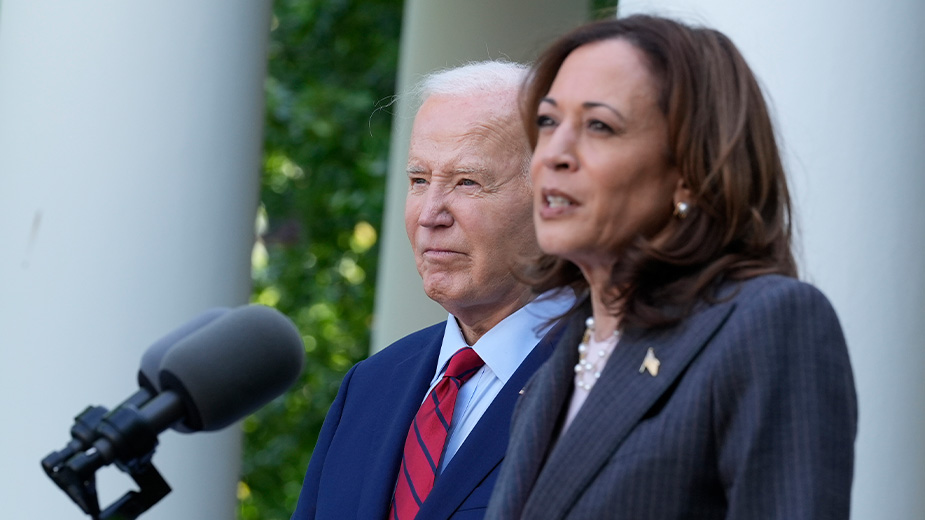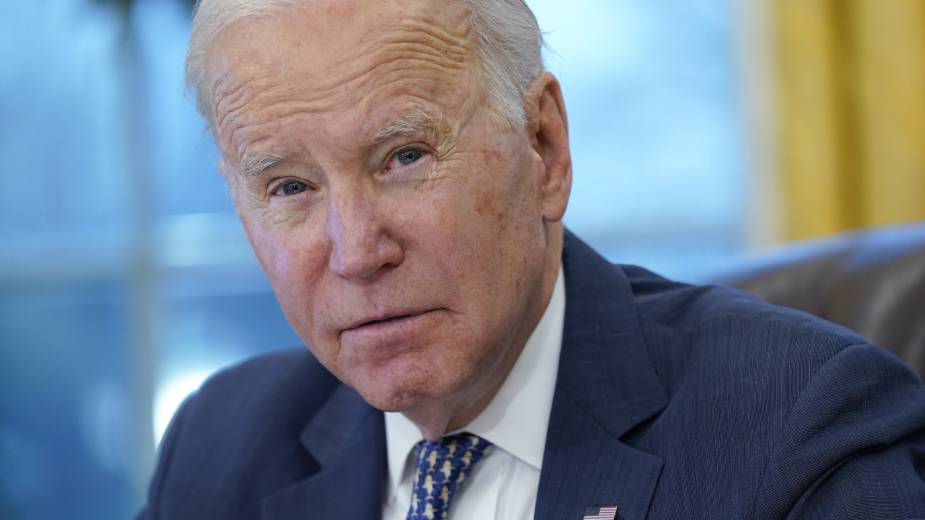Postal Union Chief, Ryan Press Case for Mail Center
YOUNGSTOWN, Ohio – The Youngstown Processing and Distribution Facility downtown slated for closing may not close before the end of the year, a union official said Monday.
In the meantime, the processing center, at the main branch of the U.S. Postal Service, is seeing “significant volumes of new work” from other areas, reports James Varner, president of Local 443 of the American Postal Workers Union.
“Since announcing the postponement of the closure, the Youngstown processing facility has proven just how vital a cog it is in the wheel of the national mail processing network,” Varner says.
Varner, accompanied by colleagues from the Youngstown processing center, joined U.S. Rep. Tim Ryan for a press event to rally support for keeping the processing center open.
“The fight’s not over. We’re going to keep going,” vowed Ryan, D-13 Ohio.
More than 140 mail processing centers have closed since 2012 and 82 more are scheduled to close this year. July 25 was initially designated as the move date for employees who were to be involuntarily transferred from the Youngstown center but that date was postponed.
About 125 workers are employed in the processing center but the postal jobs aren’t the only issue, Varner said. Businesses who receive local discounts for shipping their products and advertisements are at risk of losing those discounts and may have to change production schedules, charge customers more or move elsewhere, Varner said.
“When it comes to the cost of mailing, our local businesses’ bottom lines should not be hurt simply because they choose to do business in the Mahoning Valley,” the union leader said.
A new closing date has not been announced, and the union’s contract stipulates that any move date cannot occur more frequently than every three months, Varner said. As a result, the earliest a new date could be s Oct. 25, which falls within the start of the traditional heavy season for mail as the holidays approach.
“They usually don’t try to change the operational structure of the postal service at that time. So we’re hoping this puts us at least into the beginning of the year,” Varner said.
A delay until then would put a potential closing into 2016, the year that the 10-year prefunding mandate — called for in the 2006 Postal Accountability and Enhancement Act — of 75 years of future retiree health-care benefits would be fulfilled, thereby relieving the postal service of the $5.5 billion annual drain on its budget
“We’re thinking that should put them on much sounder financial footing and they will no longer be able to cite that manufactured financial crisis in order to justify the plant closures and lower service standards,” Varner remarked.
“It’s important for us to remember how essential the postal service is,” Ryan said. If delivering mail or packages was “purely a private enterprise,” there could be many areas of the country that would be unprofitable to serve, he said. In some areas of the country, ballots are cast by mail, he pointed out.
“Many people want to dismantle the postal service,” he added. “It’s the processing center today; it could be the routes tomorrow. That’s why we’ve got to fight so hard at the very beginning stages of this alignment.”
Postal service studies show that mail is reaching the slower standard implemented during the first quarter of the year only 60% of the time, Varner said. “What was once a one-day standard for local delivery has truly become a some-day standard,” he remarked.
In addition, the postal service recently began moving “a significant volume of new work” into the Youngstown center that was supposed to be processed in Cleveland from communities such as Akron, Mansfield and Canton, he said.
“They’re shipping it up to Cleveland, shipping it back to Akron for partial processing and moving it through Youngstown to finalize the process,” he said. While local employees welcome the opportunity for the additional work, “We don’t believe these moves are being made in an efficient manner and are adding unnecessary costs to the processing of the mail,” he continued.
“We fear those increased costs may ultimately cause a larger threat to the stability of the postal service and those who rely on it for their mailing needs.”
Ryan and Varner credited strong community support with keeping the Youngstown processing center open until now.
The congressman noted that there is backlash against the decision to close the processing centers. And his office has received calls from constituents. While Congress has “no direct authority to intervene” he can make the argument that the postal consolidation plan isn’t working out as anticipated.
Pictured: U.S. Rep. Tim Ryan and James Varner, president of Local 443 of the American Postal Workers Union.
Copyright 2024 The Business Journal, Youngstown, Ohio.



